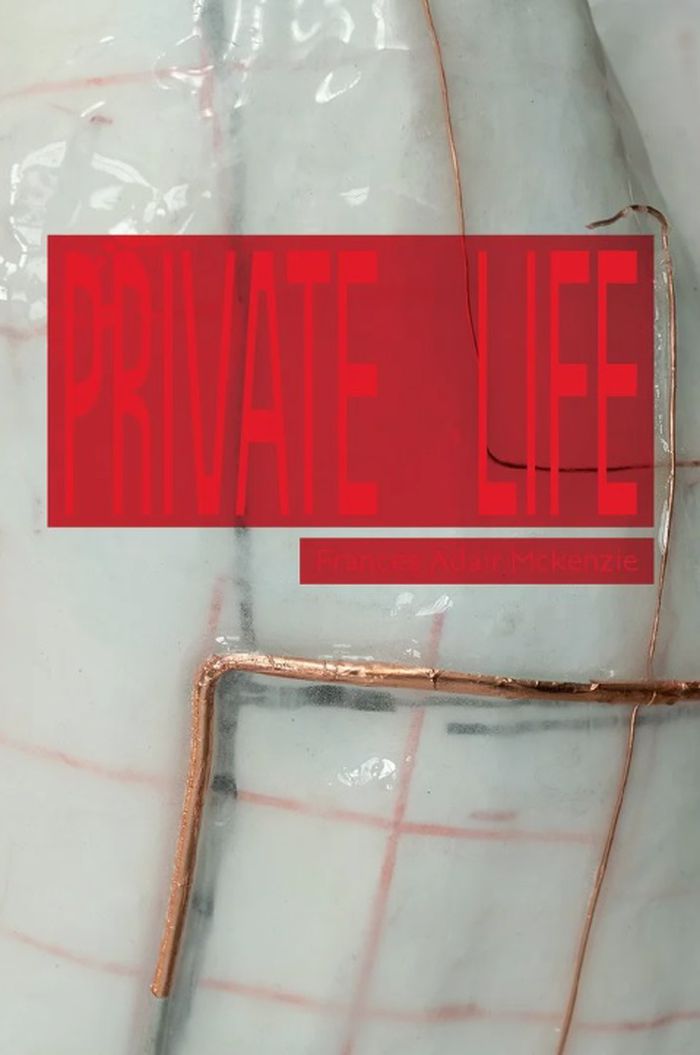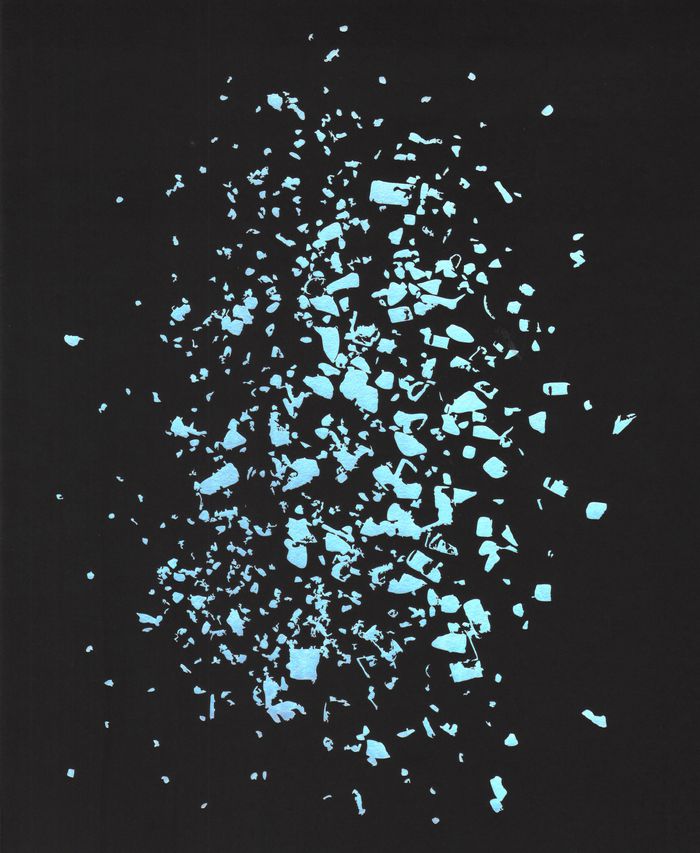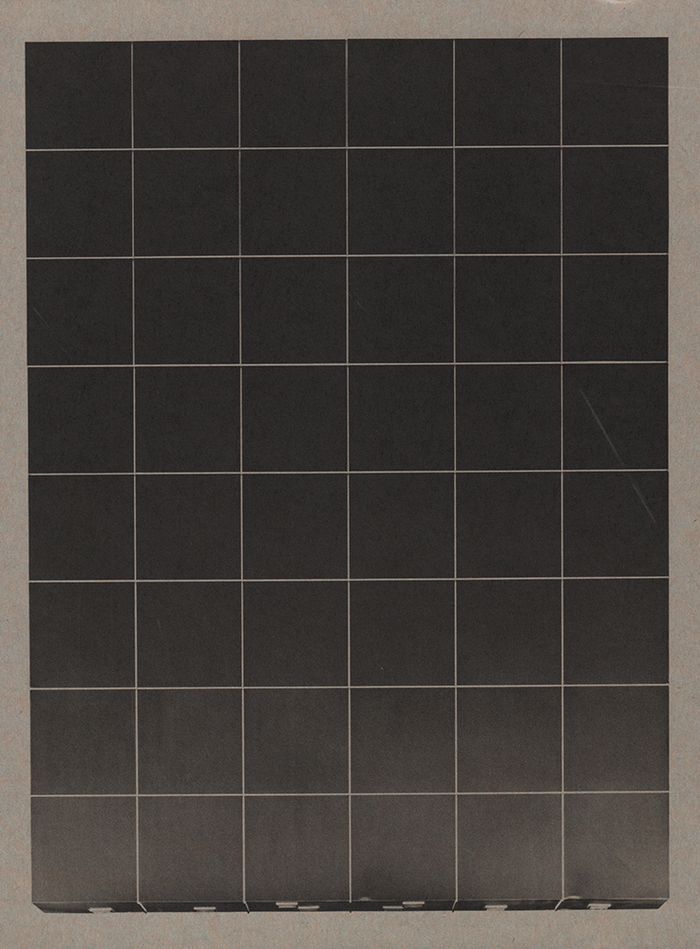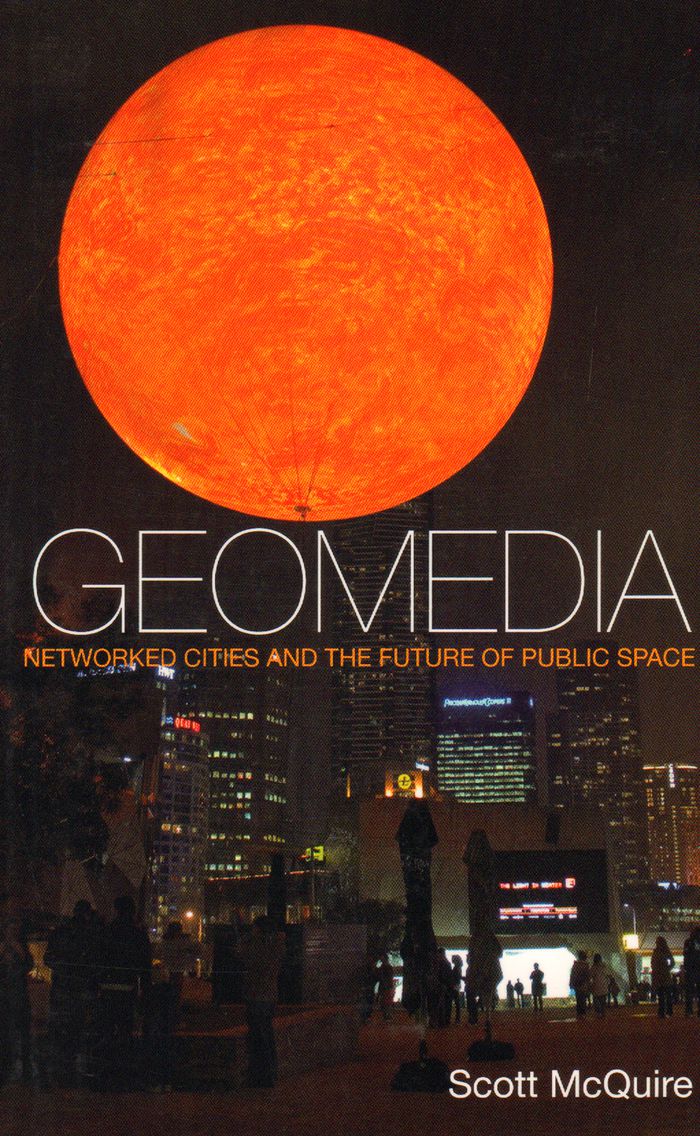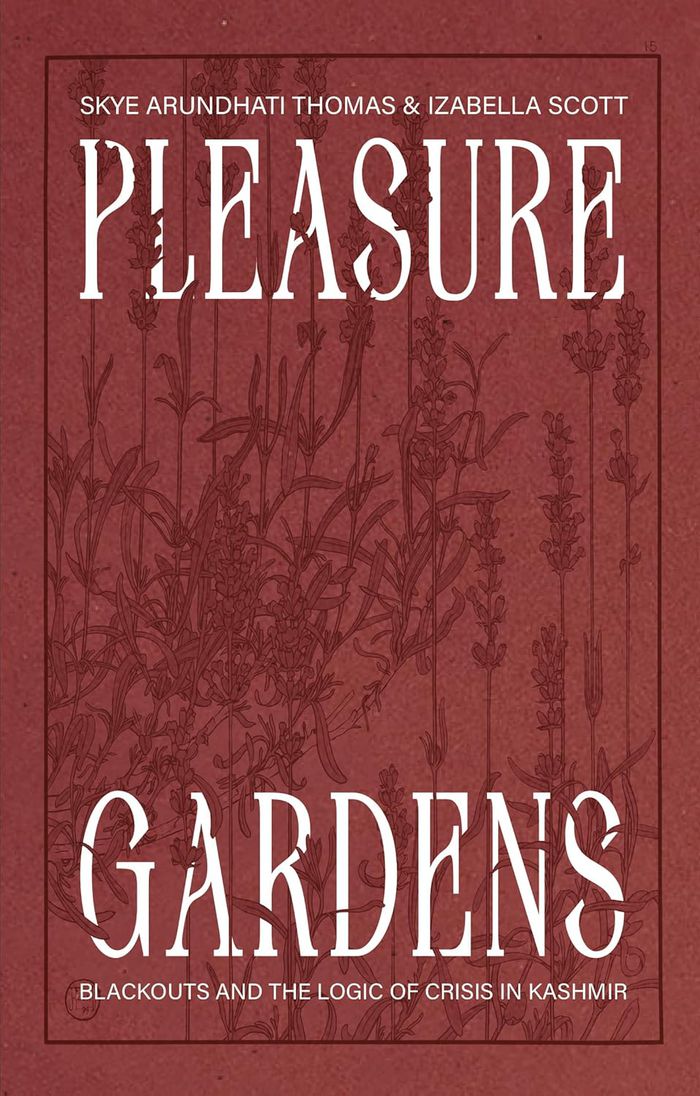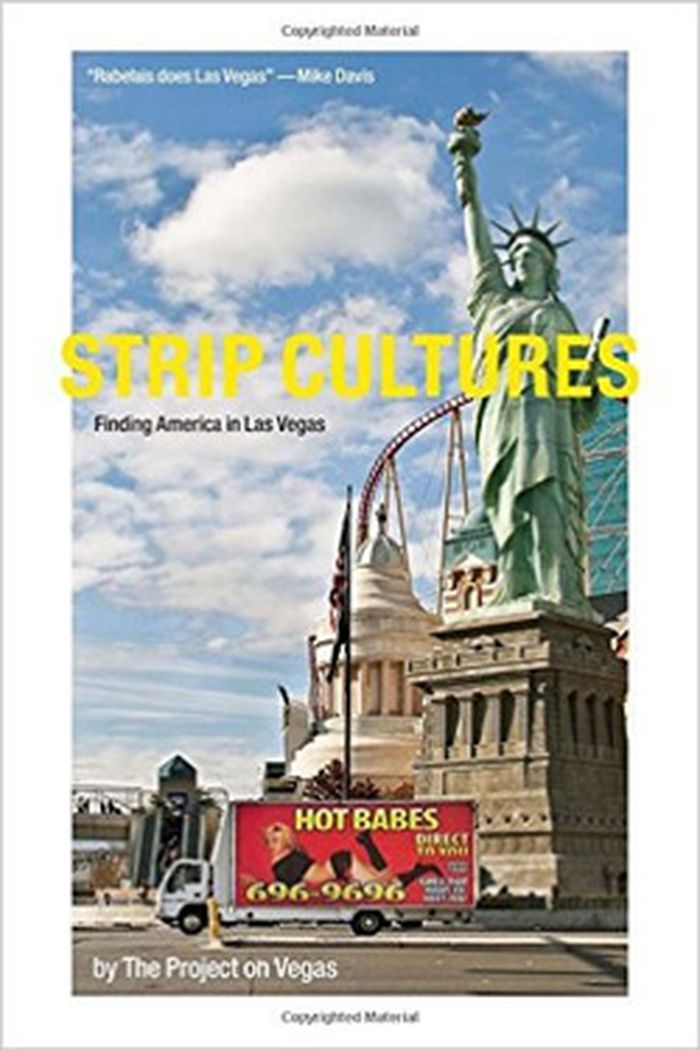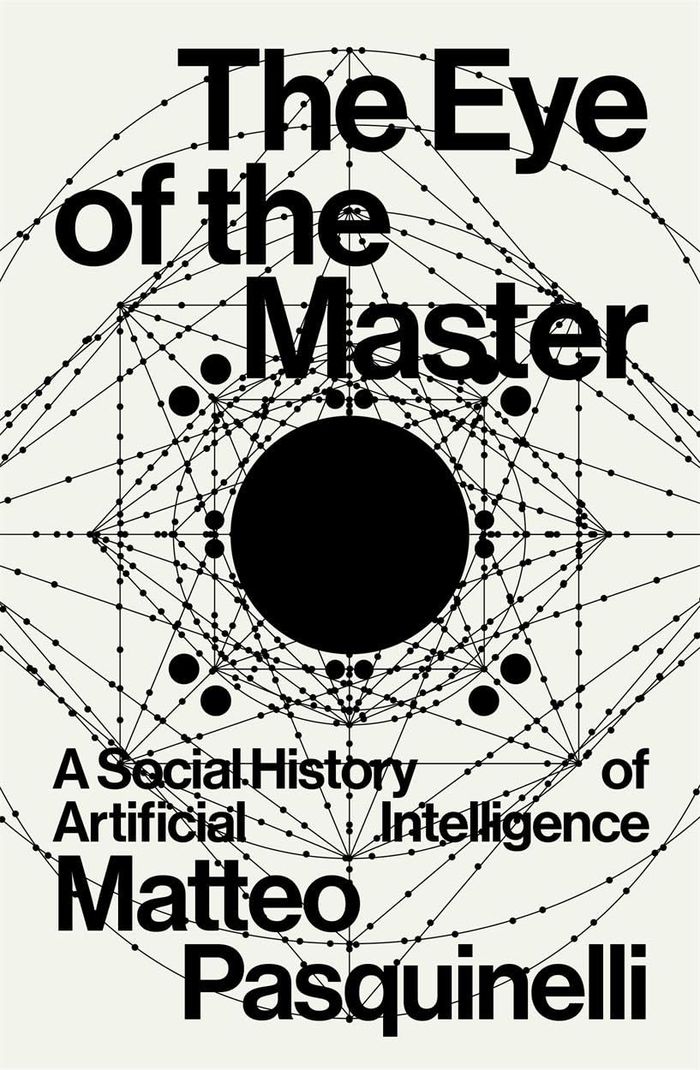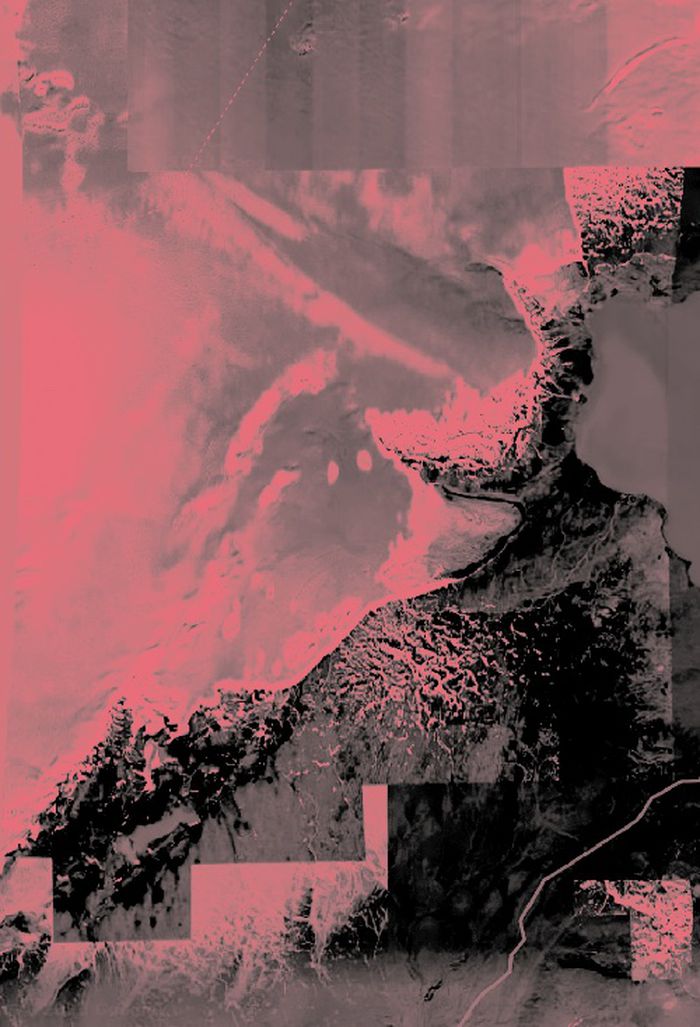Private life
$35.00
(disponible en magasin)
Résumé:
Private Life documents the work of Frances Adair Mckenzie created during a four year Fonderie Darling artist residency and subsequent exhibition of the same name. Tracing historical and artistic iterations of a co-evolution between body and device, the work examines ways of seeing, surveillance, and desire in relation to immersive perspectives, augmentation and(...)
juillet 2025
Private life
Actions:
Prix:
$35.00
(disponible en magasin)
Résumé:
Private Life documents the work of Frances Adair Mckenzie created during a four year Fonderie Darling artist residency and subsequent exhibition of the same name. Tracing historical and artistic iterations of a co-evolution between body and device, the work examines ways of seeing, surveillance, and desire in relation to immersive perspectives, augmentation and topographic imaginaries.
Michael Gessner: Masse
$65.95
(disponible en magasin)
Résumé:
Michael Gessner’s Masse sheds sharp new light on the signifiers of surveillance embedded in everyday life. Conceived as a sociological exploration of mass behaviour in the digital age, the photo book invites contemplation on the myriad ways in which individuals are monitored – and in which they monitor themselves – as they transition through the blurred boundaries between(...)
Michael Gessner: Masse
Actions:
Prix:
$65.95
(disponible en magasin)
Résumé:
Michael Gessner’s Masse sheds sharp new light on the signifiers of surveillance embedded in everyday life. Conceived as a sociological exploration of mass behaviour in the digital age, the photo book invites contemplation on the myriad ways in which individuals are monitored – and in which they monitor themselves – as they transition through the blurred boundaries between the digital and the physical. Scattered throughout, a series of six abstract works depicts shards of a circuit board splintering into ever smaller fragments – as traces of the surveillance society come into focus, so too does the digital copy of the self become increasingly nuanced. Across Gessner’s works, the restrained seduction of his visual language, executed with unfaltering precision, contrasts starkly with the complexity of the subject his camera examines. Lured into a conceptual panopticon, the viewer looks in from the edge and gazes out from the centre of the mass; at once the observer and the observed.
Monographies photo
Mårten Lange: the mechanism
$48.95
(disponible sur commande)
Résumé:
'The Mechanism' is a melancholic series of black-and-white photographs that form a sci-fi story about contemporary life. Bringing together images made in multiple cities, the work deals with themes of technology, surveillance and urban society. The author attempts to trace the effects of technological developments on human experiences, using architectural tropes to build(...)
Mårten Lange: the mechanism
Actions:
Prix:
$48.95
(disponible sur commande)
Résumé:
'The Mechanism' is a melancholic series of black-and-white photographs that form a sci-fi story about contemporary life. Bringing together images made in multiple cities, the work deals with themes of technology, surveillance and urban society. The author attempts to trace the effects of technological developments on human experiences, using architectural tropes to build a narrative loaded with the threats and promises of the future.
Monographies photo
$23.95
(disponible en magasin)
Résumé:
Geomedia offers critical analysis of the new possibilities and power relations emerging in the public space of contemporary cities. As ubiquitous digital networks enable embedded and mobile devices to integrate place-specific data with real-time feedback circuits, everyday experience of public space has become subject to new demands. Looking beyond debates framed by the(...)
Geomedia: networked cities and the future of public space
Actions:
Prix:
$23.95
(disponible en magasin)
Résumé:
Geomedia offers critical analysis of the new possibilities and power relations emerging in the public space of contemporary cities. As ubiquitous digital networks enable embedded and mobile devices to integrate place-specific data with real-time feedback circuits, everyday experience of public space has become subject to new demands. Looking beyond debates framed by the dominance of surveillance and spectacle, McQuire asks: how might the kind of collaborative practices that have flourished in art and online cultures be translated into urban space? In the urban crisis of the 1960s, Henri Lefebvre argued that the capacity for a city’s inhabitants to actively appropriate the time and space of their surroundings was a critical dimension of modern democracy. What does it mean to speak of ‘the right to the city’ in the context of the networked city? Addressing this question through a series of case studies, this cutting-edge text highlights the tensions between citizen and consumer, communication and surveillance, participation and control, which define contemporary struggles over public space.
Théorie de l’urbanisme
$49.95
(disponible sur commande)
Résumé:
''A Cookbook of Invisible Writing,'' by Dutch artist, designer and teacher Amy Wu, is an introduction to analog steganography—a type of secret writing that is hidden in plain sight. This book serves as a starter pack to run workshops with groups who are interested in alternative forms of communication. It contains invisible ink recipes and other invisible communication(...)
Amy Wu: A cookbook of invisible writing
Actions:
Prix:
$49.95
(disponible sur commande)
Résumé:
''A Cookbook of Invisible Writing,'' by Dutch artist, designer and teacher Amy Wu, is an introduction to analog steganography—a type of secret writing that is hidden in plain sight. This book serves as a starter pack to run workshops with groups who are interested in alternative forms of communication. It contains invisible ink recipes and other invisible communication techniques that may be used to subvert surveillance and bypass censorship, but also inspire your community to develop poetic and playful forms of communication to nurture social bonds. In the tradition of esoteric manuals published on secret writing, this cookbook also channels the spirit of everyday access and the easy distribution and sharing of practical knowledge. Following Giambattista della Porta’s 1558 popular science book Natural Magic—one of the first major publications that detailed simple but diverse recipes of invisible inks for public consumption—this cookbook aims to bring this obscure field to a wider audience. The publication includes a critical essay about the history of surveillance through a feminist and postcolonial lens.
$25.00
(disponible sur commande)
Résumé:
This essay-led book project by Izabella Scott and Skye Arundhati Thomas examines ongoing land disputes, military occupation, and communication blackouts. Through an extended text and a selection of photo essays made in collaboration with photographers, the project gathers together records produced under daily surveillance and confrontation. It seeks a new register of(...)
L'écologie de l'architecure
mai 2024
Pleasure gardens: Blackouts and the logic of crisis in Kashmir
Actions:
Prix:
$25.00
(disponible sur commande)
Résumé:
This essay-led book project by Izabella Scott and Skye Arundhati Thomas examines ongoing land disputes, military occupation, and communication blackouts. Through an extended text and a selection of photo essays made in collaboration with photographers, the project gathers together records produced under daily surveillance and confrontation. It seeks a new register of writing and image to make visible the conditions of military occupation and the protracted violence of the blackout.
L'écologie de l'architecure
$45.95
(disponible sur commande)
Résumé:
Strip Cultures examines the politics of food and water, art and spectacle, entertainment and branding, body and sensory experience. In confronting the ordinary on America’s most famous four-mile stretch of pavement, the authors reveal how the Strip concentrates and magnifies the basic truths and practices of American culture where consumerism is the stuff of life, digital(...)
Strip cultures: finding America in Las Vegas
Actions:
Prix:
$45.95
(disponible sur commande)
Résumé:
Strip Cultures examines the politics of food and water, art and spectacle, entertainment and branding, body and sensory experience. In confronting the ordinary on America’s most famous four-mile stretch of pavement, the authors reveal how the Strip concentrates and magnifies the basic truths and practices of American culture where consumerism is the stuff of life, digital surveillance annuls the right to privacy, and nature—all but destroyed—is refashioned as an element of decor.
Théorie de l’urbanisme
$33.95
(disponible sur commande)
Résumé:
A social history of AI that finally reveals its roots in the spatial computation of industrial factories and the surveillance of collective behaviour. What is AI? A dominant view describes it as the quest ''to solve intelligence,'' a solution supposedly to be found in the secret logic of the mind or in the deep physiology of the brain, such as in its complex neural(...)
The eye of the master: A social history of artificial intelligence
Actions:
Prix:
$33.95
(disponible sur commande)
Résumé:
A social history of AI that finally reveals its roots in the spatial computation of industrial factories and the surveillance of collective behaviour. What is AI? A dominant view describes it as the quest ''to solve intelligence,'' a solution supposedly to be found in the secret logic of the mind or in the deep physiology of the brain, such as in its complex neural networks. ''The eye of the master'' argues, to the contrary, that the inner code of AI is shaped not by the imitation of biological intelligence, but the intelligence of labour and social relations, as it is found in Babbage's ''calculating engines'' of the industrial age as well as in the recent algorithms for image recognition and surveillance. The idea that AI may one day become autonomous (or ''sentient'', as someone thought of Google's LaMDA) is pure fantasy. Computer algorithms have always imitated the form of social relations and the organisation of labour in their own inner structure and their purpose remains blind automation. ''The eye of the master'' urges a new literacy on AI for scientists, journalists and new generations of activists, who should recognise that the ''mystery'' of AI is just the automation of labour at the highest degree, not intelligence per se.
Landscape with(out) Locus
$39.95
(disponible en magasin)
Résumé:
How do we understand landscape today? How do we discuss and visualize nature? Can they be conceived and represented as something existing independently of the viewer, now that the human race has gotten into a very last corner of the world? 'Landscape with(out) Locus' interprets landscape as an ever-changing social, economic, and ecological construct. Addressing questions(...)
Landscape with(out) Locus
Actions:
Prix:
$39.95
(disponible en magasin)
Résumé:
How do we understand landscape today? How do we discuss and visualize nature? Can they be conceived and represented as something existing independently of the viewer, now that the human race has gotten into a very last corner of the world? 'Landscape with(out) Locus' interprets landscape as an ever-changing social, economic, and ecological construct. Addressing questions of power, identity, and natural resources, the publication follows histories of surveillance and colonialism, considering photographic (and post-photographic) images as central to the process of interacting with the world.
Théorie du paysage
$33.00
(disponible sur commande)
Résumé:
This new edition of the classic work on the politics of architecture—and the architecture of politics—appears on the fiftieth anniversary of the Six-Day War, which expanded Israel’s domination over Palestinian lands. From the tunnels of Gaza to the militarized airspace of the Occupied Territories, Eyal Weizman unravels Israel’s mechanisms of control and its transformation(...)
Hollow land: Israel's architecture of occupation. 2nd edition
Actions:
Prix:
$33.00
(disponible sur commande)
Résumé:
This new edition of the classic work on the politics of architecture—and the architecture of politics—appears on the fiftieth anniversary of the Six-Day War, which expanded Israel’s domination over Palestinian lands. From the tunnels of Gaza to the militarized airspace of the Occupied Territories, Eyal Weizman unravels Israel’s mechanisms of control and its transformation of Palestinian homes into a war zone under constant surveillance. This is essential reading for those seeking to understand how architecture and infrastructure are used as lethal weapons in the formation of Israel.
